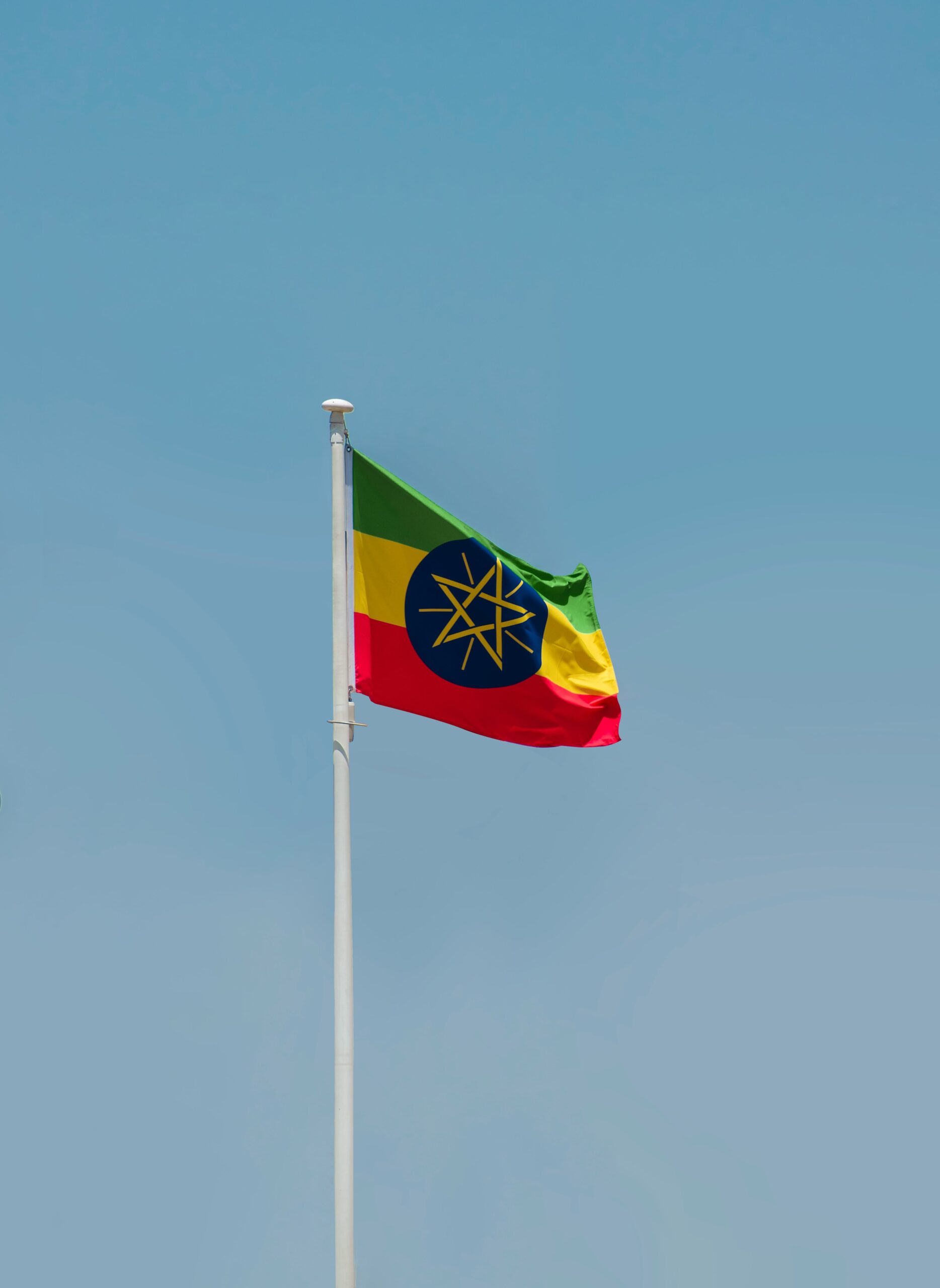Yabelo Wildlife Sanctuary Ethiopia
The Significance of Yabelo Wildlife Sanctuary in Preserving Biodiversity in Ethiopia
Yabelo Wildlife Sanctuary, located in the southern part of Ethiopia, is a crucial area for biodiversity conservation in the region. The sanctuary, spanning over 2,500 square kilometers, plays a significant role in protecting and preserving the diverse flora and fauna found in this part of Ethiopia.
One of the key reasons for the importance of Yabelo Wildlife Sanctuary is its role in protecting endemic species. The sanctuary is home to a wide variety of plant and animal species that are unique to this region. Endemic species such as the Mountain Nyala, Ethiopian Wolf, and Bale Monkey find refuge within the sanctuary, safeguarding them from habitat loss and poaching.
Furthermore, Yabelo Wildlife Sanctuary serves as a vital habitat for migratory birds. The area provides critical stopover sites for various bird species during their long journeys, offering them a safe haven to rest and refuel. This function is essential for the conservation of migratory bird populations that traverse vast distances seasonally.
In addition to its role in protecting biodiversity, Yabelo Wildlife Sanctuary also contributes to scientific research and education. The sanctuary serves as a living laboratory for researchers and conservationists studying various aspects of ecology, behavior, and habitat management. This research not only enriches our understanding of the local ecosystem but also provides valuable insights for conservation efforts beyond the sanctuary boundaries.
Yabelo Wildlife Sanctuary stands as a beacon of hope for biodiversity conservation in Ethiopia. Its significance transcends borders, serving as a testament to the importance of preserving natural habitats for future generations. By protecting the unique flora and fauna within its boundaries, the sanctuary plays a vital role in maintaining ecological balance and biodiversity in the region.
Indigenous Flora and Fauna Found within Yabelo Wildlife Sanctuary
Located in the Borana Zone of the Oromia Region, the Yabelo Wildlife Sanctuary in Ethiopia boasts a rich tapestry of indigenous flora and fauna that makes it a unique and vital ecosystem within the country. The sanctuary, covering an area of approximately 2,500 square kilometers, is home to a diverse range of plant and animal species, some of which are endemic to this region of Ethiopia.
One of the key features of the Yabelo Wildlife Sanctuary is its varied flora, which includes acacia woodlands, dry grasslands, and bushlands. These habitats support a wide array of plant species specially adapted to the semi-arid conditions prevalent in the region. Species such as acacias, Commiphora trees, and various grasses dominate the landscape, providing food and shelter for the sanctuary’s resident wildlife.
In terms of fauna, the Yabelo Wildlife Sanctuary is renowned for its diverse array of wildlife species. Among the mammals that call the sanctuary home are the endemic Swayne’s hartebeest, a critically endangered species that is found only in Ethiopia. Other notable mammal species found in the sanctuary include Grant’s gazelle, beisa oryx, gerenuk, and lesser kudu. These species are well adapted to the arid environment of the sanctuary and play a crucial role in maintaining the local ecosystem.
Moreover, the sanctuary is a haven for bird enthusiasts, with over 200 bird species documented within its boundaries. Birdwatchers can spot various raptors, bustards, ostriches, and numerous species of migratory birds that visit the sanctuary seasonally. The diverse birdlife adds an extra layer of biodiversity to the ecosystem, making Yabelo Wildlife Sanctuary a paradise for birdwatching enthusiasts and researchers alike.
The Yabelo Wildlife Sanctuary in Ethiopia is not only a critical habitat for the preservation of indigenous flora and fauna but also a valuable resource for researchers, conservationists, and eco-tourists interested in experiencing the unique biodiversity of this region. By protecting and nurturing the sanctuary’s rich ecosystems, stakeholders can ensure that future generations can continue to marvel at the natural wonders that call Yabelo home.
Conservation Efforts and Challenges Faced by Yabelo Wildlife Sanctuary Management
Yabelo Wildlife Sanctuary in Ethiopia plays a crucial role in preserving the unique biodiversity of the region. The sanctuary is home to a wide variety of flora and fauna, some of which are endangered species endemic to Ethiopia. The management of the sanctuary faces several challenges in their efforts to conserve and protect this precious ecosystem.
One of the primary conservation efforts undertaken by the Yabelo Wildlife Sanctuary management is habitat restoration. Due to factors such as deforestation and climate change, many areas within the sanctuary have experienced degradation. The management team works tirelessly to restore these habitats to their natural state, providing a safe environment for the wildlife to thrive.
In addition to habitat restoration, the management of Yabelo Wildlife Sanctuary also focuses on anti-poaching measures. Poaching remains a significant threat to the wildlife in the area, particularly to species such as the African elephant and the African wild dog. By implementing rigorous anti-poaching patrols and working closely with local communities to raise awareness about the importance of conservation, the sanctuary management aims to curb illegal hunting activities.
Despite these efforts, the Yabelo Wildlife Sanctuary faces several challenges in its conservation initiatives. One of the primary challenges is limited funding and resources. Conservation projects require significant financial investments, and the sanctuary often operates on a tight budget, hindering its ability to implement large-scale conservation programs effectively.
Another challenge faced by the sanctuary management is human-wildlife conflict. As human populations expand into the surrounding areas, conflicts between local communities and wildlife have become more common. Elephants, in particular, are known to raid crops, leading to retaliatory killings by farmers. The sanctuary management works to mitigate these conflicts through community engagement programs and the implementation of wildlife-friendly farming practices.
The conservation efforts of the Yabelo Wildlife Sanctuary management are vital in protecting the rich biodiversity of the region. Despite facing various challenges, the management team remains dedicated to preserving this unique ecosystem for future generations to enjoy.
Unique Opportunities for Ecotourism at Yabelo Wildlife Sanctuary
Yabelo Wildlife Sanctuary in Ethiopia offers a unique and captivating experience for ecotourists seeking to explore the diverse flora and fauna of the region. Situated in the Borana zone of the Oromia region, Yabelo Wildlife Sanctuary encompasses an area of approximately 2,500 square kilometers, making it an ideal destination for nature enthusiasts and wildlife lovers alike.
One of the key attractions of Yabelo Wildlife Sanctuary is its rich biodiversity, which includes a variety of indigenous species such as the endangered African wild dog, Grevy’s zebra, Beisa oryx, gerenuk, and over 200 bird species. The sanctuary provides a habitat for these species to thrive, offering visitors a rare opportunity to observe them in their natural environment.
Ecotourists visiting Yabelo Wildlife Sanctuary can partake in a range of activities such as guided safaris, birdwatching tours, nature walks, and camping expeditions. These activities not only allow visitors to immerse themselves in the beauty of the sanctuary but also offer a chance to learn about conservation efforts and the importance of preserving the region’s delicate ecosystem.
Moreover, the local communities surrounding Yabelo Wildlife Sanctuary actively participate in ecotourism initiatives, providing visitors with a unique opportunity to engage with the indigenous Borana people. Tourists can experience traditional Borana culture, including music, dance, and handicrafts, creating a mutually beneficial relationship between conservation efforts and community development.
For those interested in photography, Yabelo Wildlife Sanctuary offers stunning landscapes and wildlife encounters that provide endless opportunities for capturing breathtaking moments. From vast savannahs to acacia woodlands, the sanctuary’s picturesque scenery serves as a perfect backdrop for photographers looking to document their ecotourism experience.
Yabelo Wildlife Sanctuary in Ethiopia presents a one-of-a-kind opportunity for ecotourists to explore a biodiverse ecosystem, engage with local communities, and contribute to conservation efforts. With its unique blend of wildlife, culture, and natural beauty, the sanctuary stands as a beacon of sustainable tourism in the heart of Ethiopia.
The Impact of Climate Change on the Ecosystems within Yabelo Wildlife Sanctuary Ethiopia
Yabelo Wildlife Sanctuary in Ethiopia is an invaluable haven for a diverse range of flora and fauna, but the impact of climate change is posing significant threats to the delicate ecosystems within the sanctuary. As temperatures rise and weather patterns become more erratic, the vegetation and wildlife in Yabelo are facing unprecedented challenges that require urgent attention and conservation efforts.
One of the most profound effects of climate change on the ecosystems of Yabelo Wildlife Sanctuary is the alteration of habitats and migration patterns of wildlife species. Rising temperatures and changing rainfall patterns are disrupting the delicate balance of the ecosystem, forcing animals to adapt to new conditions or face extinction. Species that are dependent on specific environmental conditions are particularly vulnerable to these changes, putting the biodiversity of the sanctuary at risk.
Furthermore, the impact of climate change is also evident in the vegetation within Yabelo Wildlife Sanctuary. Shifts in temperature and precipitation levels are affecting the growth and distribution of plant species, leading to changes in the composition of the flora within the sanctuary. This, in turn, has cascading effects on the entire ecosystem, including disruptions in food chains and habitats for various animal species.
Another concerning aspect of climate change on the ecosystems of Yabelo Wildlife Sanctuary is the increased frequency and intensity of extreme weather events. Droughts, floods, and wildfires are becoming more common in the region, causing widespread damage to the biodiversity of the sanctuary. These events not only directly impact plant and animal species but also pose challenges for conservation efforts and habitat restoration initiatives.
In response to the escalating threats posed by climate change, the management of Yabelo Wildlife Sanctuary is implementing adaptive strategies to mitigate the effects of environmental changes. These efforts include habitat restoration projects, monitoring of wildlife populations, and community engagement programs aimed at raising awareness about the importance of conservation in the face of climate change.
Despite these conservation efforts, the challenges posed by climate change continue to test the resilience of the ecosystems within Yabelo Wildlife Sanctuary. It is imperative for stakeholders, policymakers, and the global community to prioritize sustainable practices and climate action to safeguard the biodiversity and ecological integrity of this vital sanctuary for future generations.
Conclusion
The Yabelo Wildlife Sanctuary in Ethiopia plays a crucial role in preserving the country’s rich biodiversity. The sanctuary is home to a wide range of indigenous flora and fauna, including endemic species that are not found elsewhere. The conservation efforts undertaken by the sanctuary management are commendable, but they also face various challenges such as poaching, deforestation, and habitat loss. Despite these challenges, the sanctuary offers unique opportunities for ecotourism, allowing visitors to experience the beauty of nature while supporting conservation efforts.
The diverse ecosystems within the Yabelo Wildlife Sanctuary are under threat from the impacts of climate change. Changes in temperature and precipitation patterns are affecting the vegetation and wildlife, leading to shifts in habitats and potential loss of species. It is imperative for the management of the sanctuary to implement adaptive strategies to mitigate the effects of climate change and ensure the long-term sustainability of these ecosystems.
The Yabelo Wildlife Sanctuary stands as a beacon of hope for biodiversity conservation in Ethiopia. By protecting its unique flora and fauna, addressing conservation challenges, and embracing ecotourism opportunities, the sanctuary is not only preserving its natural heritage but also contributing to the well-being of local communities and the planet as a whole. As we continue to learn more about the interconnectedness of ecosystems and the importance of conservation, it is essential to support initiatives like the Yabelo Wildlife Sanctuary to ensure a harmonious coexistence between humans and nature for generations to come.







